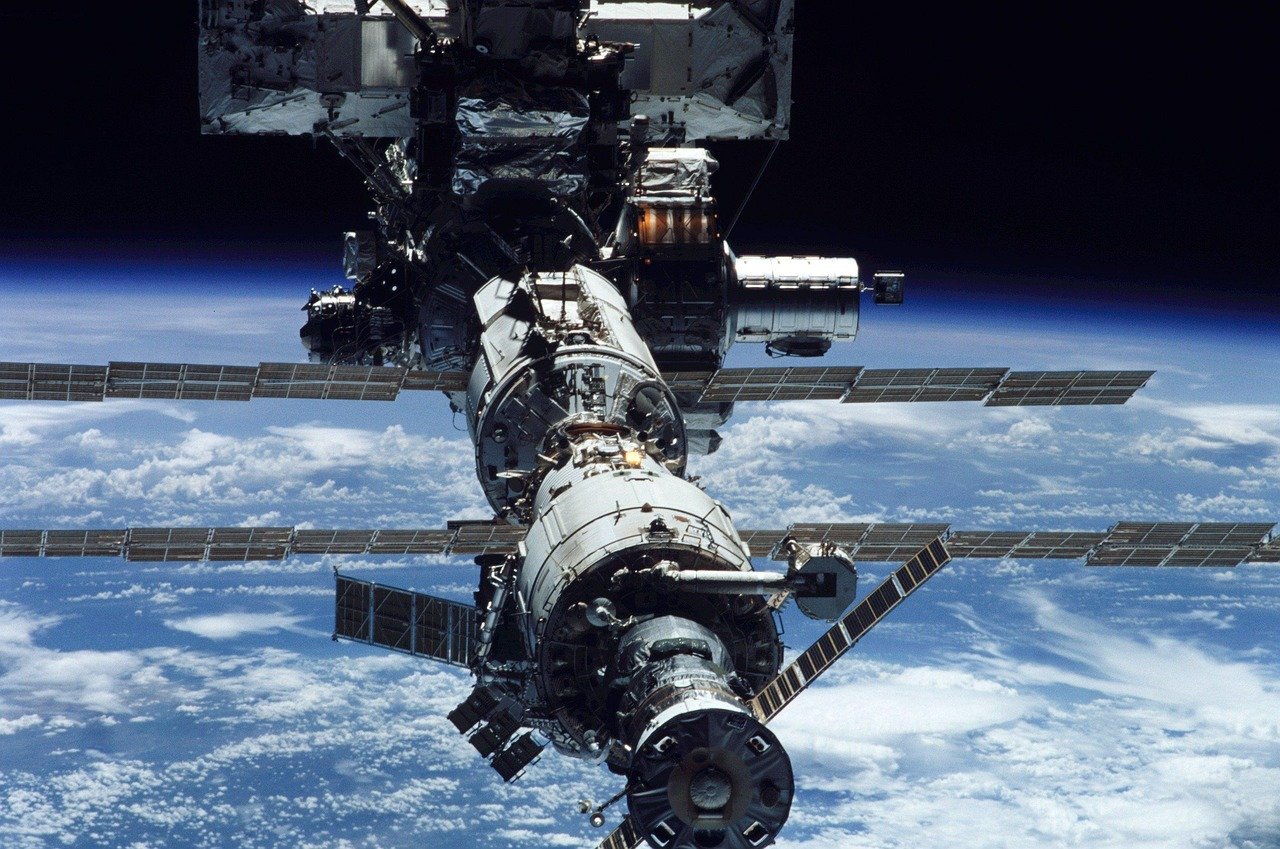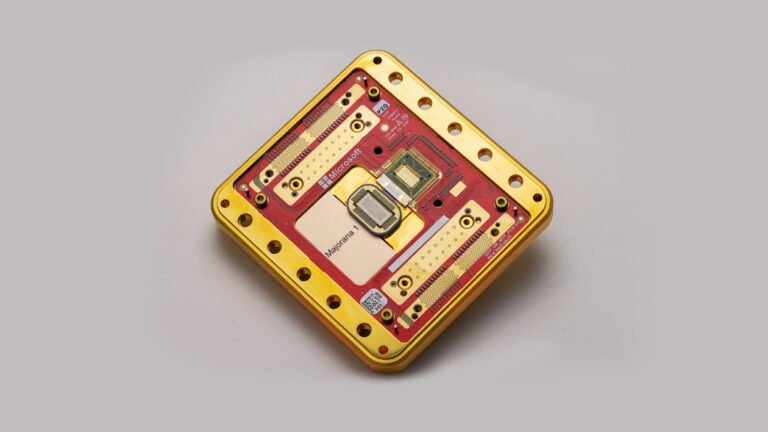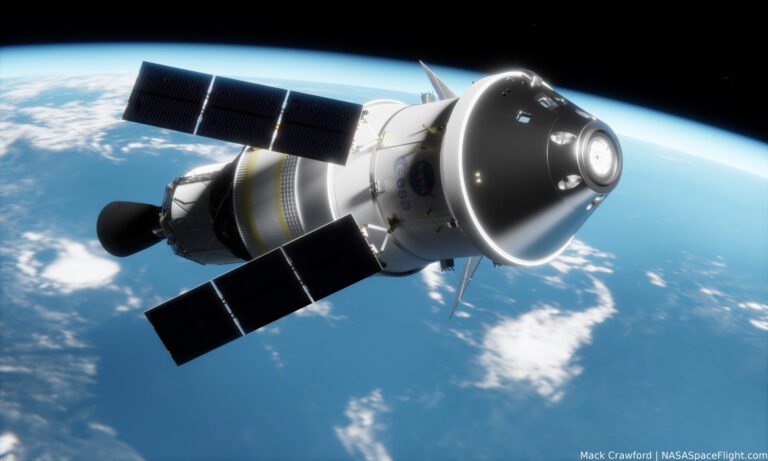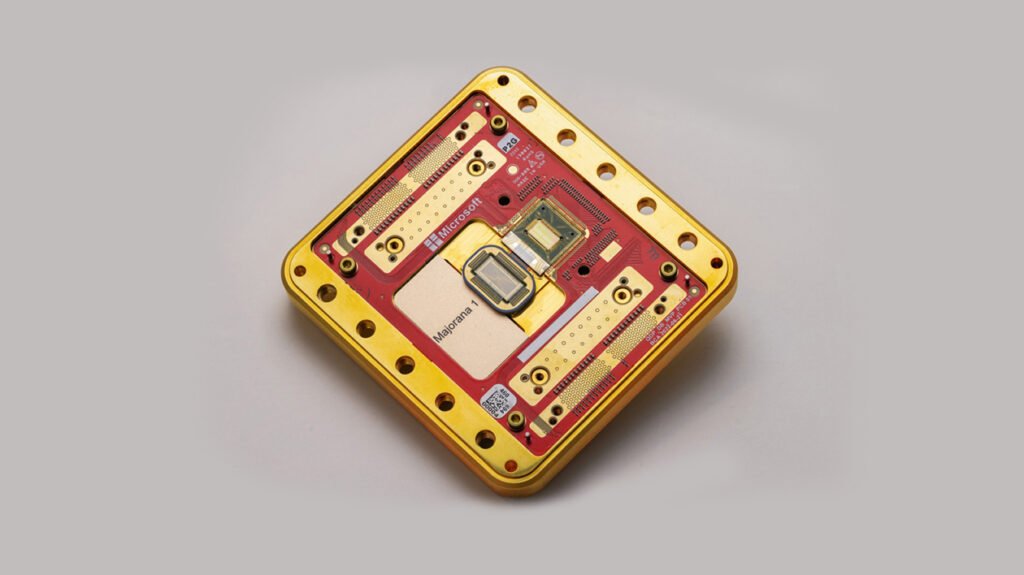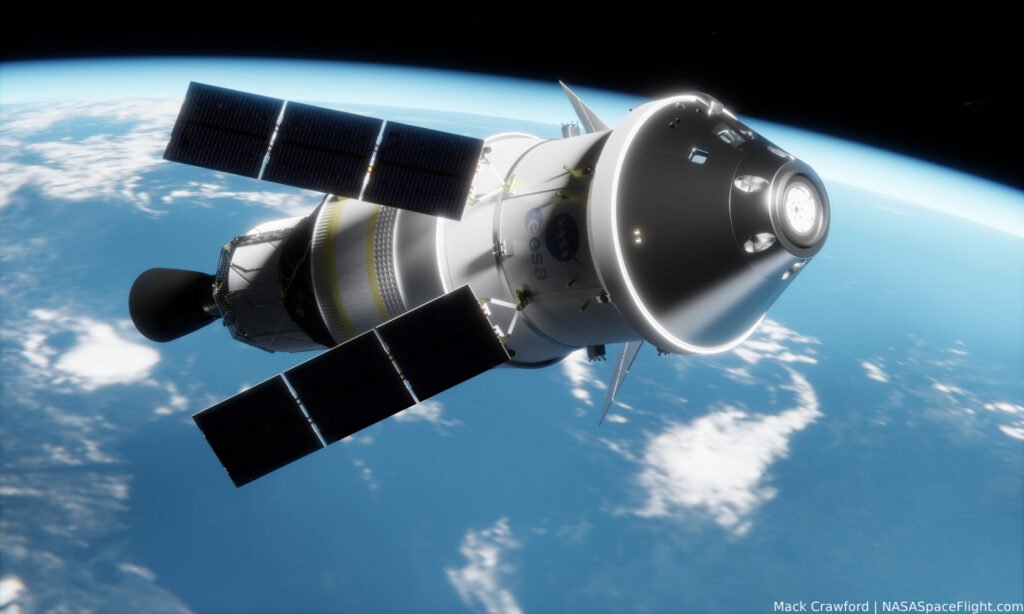In recent years, space exploration has re-entered the global spotlight, and NASA’s Artemis Program is leading the charge. This ambitious effort is not just about returning to the Moon—it’s about building a sustainable human presence there. As the successor to Apollo, Artemis aims to land the first woman and the next man on the Moon, signaling a bold leap forward in human space travel.
What is NASA’s Artemis Program?
NASA’s Artemis Program is a series of lunar missions designed to establish long-term exploration of the Moon. Unlike the Apollo missions, which were short visits, Artemis intends to build a lasting lunar base that can support future travel to Mars and beyond. Artemis I was an uncrewed mission to test systems, while Artemis II will carry astronauts around the Moon. The real landmark comes with Artemis III, which plans to land astronauts near the Moon’s south pole.
Artemis and the Future of Space Travel
The Artemis missions go beyond exploration. NASA is working with international partners and private companies to build the Lunar Gateway—a space station orbiting the Moon that will support long-term lunar missions. This infrastructure could serve as a stepping stone to Mars, redefining what’s possible in deep space missions. The Artemis Program symbolizes not just a journey to the Moon, but a foundation for the future of human exploration.
Key Innovations in the Artemis Program
Several technological advancements make NASA’s Artemis Program a groundbreaking effort. These include:
- The Space Launch System (SLS): NASA’s most powerful rocket ever.
- Orion spacecraft: Built to carry humans farther than ever before.
- Lunar Gateway: A planned Moon-orbiting station to assist future landings.
- Human Landing Systems (HLS): Developed with private space companies for safe Moon surface access.
Together, these tools aim to ensure both the safety of astronauts and the long-term viability of lunar missions.
Why NASA’s Artemis Program Matters
The return to the Moon isn’t just a scientific achievement—it has broader implications. The Artemis Program promotes international cooperation, strengthens public-private partnerships, and inspires a new generation of scientists and explorers. It’s also a critical step toward preparing for crewed missions to Mars.
Furthermore, studying the Moon’s surface can reveal clues about the solar system’s origin. The south pole region, in particular, may contain ice deposits that could support life and fuel future missions.
Challenges Facing Artemis
Despite its promise, NASA’s Artemis Program faces challenges. Budget constraints, delays in development, and the complexity of building sustainable systems for deep space travel all present hurdles. However, NASA remains committed, adapting its timeline to ensure safety and mission success.
Conclusion
NASA’s Artemis Program marks a transformative era in space exploration. By pushing the boundaries of innovation and collaboration, Artemis is not only returning humans to the Moon—it’s shaping the future of how, why, and where we explore space. As the mission continues to unfold, the world watches with excitement, eager to witness history being made once again.
For more news and updates, please visit PFM Today.

